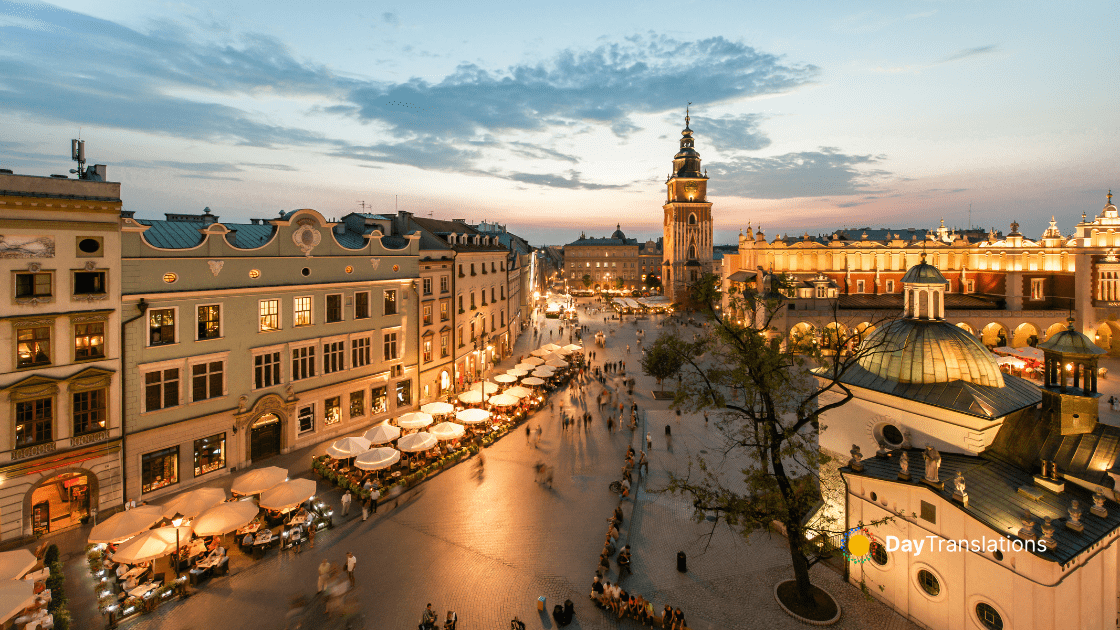Geography of Philippines: Important Geographical Information about Philippines
In this Country Profile
The Philippines is an archipelago of 7,107 islands with a total land area, including inland bodies of water, of approximately 300,000 square kilometers (116,000 square miles). Its 36,289 kilometers (22,549 miles) of coastline makes it the country with the 5th longest coastline in the world. It is located between 116° 40′, and 126° 34′ E. longitude and 4° 40′ and 21° 10′ N. latitude and borders the Philippine Sea on the east, the South China Sea on the west, and the Celebes Sea on the south. The island of Borneo is located a few hundred kilometers southwest and Taiwan is located directly to the north. The Moluccas and Sulawesi are located to the south-southwest and Palau is located to the east of the islands.
Most of the mountainous islands are covered in tropical rainforest and volcanic in origin. The highest mountain is Mount Apo. It measures up to 2,954 meters (9,692 feet) above sea level and is located on the island of Mindanao. The Galathea Depth in the Philippine Trench is the deepest point in the country and the 3rd in the world. The trench is located in the Philippine Sea. The longest river is the Cagayan River in northern Luzon. Manila Bay, upon the shore of which the capital city of Manila lies, is connected to Laguna de Bay, the largest lake in the Philippines, by the Pasig River. Subic Bay, the Davao Gulf, and the Moro Gulf are other important bays. The San Juanico Strait separates the islands of Samar and Leyte but it is traversed by the San Juanico Bridge.
Due to its location in the western fringes of the Pacific Ring of Fire, the Philippines experiences frequent seismic and volcanic activity. The Benham Plateau to the east in the Philippine Sea is an undersea region active in tectonic subduction. Around 20 earthquakes are registered daily, though most are too weak to be felt. The last major earthquake was the 1990 Luzon earthquake. There are many active volcanoes such as the Mayon Volcano, Mount Pinatubo, and Taal Volcano. The eruption of Mount Pinatubo in June 1991 produced the second largest terrestrial eruption of the 20th century. Not all notable geographic features are so violent or destructive. A more serene legacy of the geological disturbances is the Puerto Princesa Subterranean River. The white sand beaches that make Boracay a popular vacation getaway are made of coral remnants.
Due to the volcanic nature of the islands, mineral deposits are abundant. The country is estimated to have the second-largest gold deposits after South Africa and one of the largest copper deposits in the world. It is also rich in nickel, chromite, and zinc. Despite this, poor management, high population density, and environmental consciousness have resulted in these mineral resources remaining largely untapped. Geothermal energy, however, is another product of volcanic activity that the country has harnessed more successfully. The Philippines is the world’s second-biggest geothermal producer behind the United States, with 18% of the country’s electricity needs being met by geothermal power.
The Philippines’ rainforests and its extensive coastlines make it home to a diverse range of birds, plants, animals, and sea creatures. It is one of the ten most biologically mega-diverse countries and is at or near the top in terms of biodiversity per unit area. Around 1,100 land vertebrate species can be found in the Philippines including over 100 mammal species and 170 bird species not thought to exist elsewhere. Endemic species include the tamaraw of Mindoro, the Visayan spotted deer, the Philippine mouse deer, the Visayan warty pig, the Philippine flying lemur, and several species of bats. With an estimated 13,500 plant species in the country, 3,200 of which are unique to the islands, Philippine rainforests boast an array of flora, including many rare types of orchids and rafflesia. The narra is considered as the most important type of hardwood.
Philippine maritime waters encompass as much as 2.2 million square kilometers (850,000 square miles) producing unique and diverse marine life and is an important part of the Coral Triangle. There are 2,400 fish species and over 500 species of coral. The Apo Reef is the country’s largest contiguous coral reef system and the second-largest in the world. Philippine waters also sustain the cultivation of pearls, crabs, and seaweeds.
Deforestation, often the result of illegal logging, is an acute problem in the Philippines. Forest cover declined from 70% of the country’s total land area in 1900 to about 18.3% in 1999. Many species are endangered and scientists say that Southeast Asia, which the Philippines is part of, faces a catastrophic extinction rate of 20% by the end of the century. According to Conservation International, “the country is one of the few nations that is, in its entirety, both a hotspot and a megadiversity country, placing it among the top priority hotspots for global conservation.”

Sorry, the comment form is closed at this time.